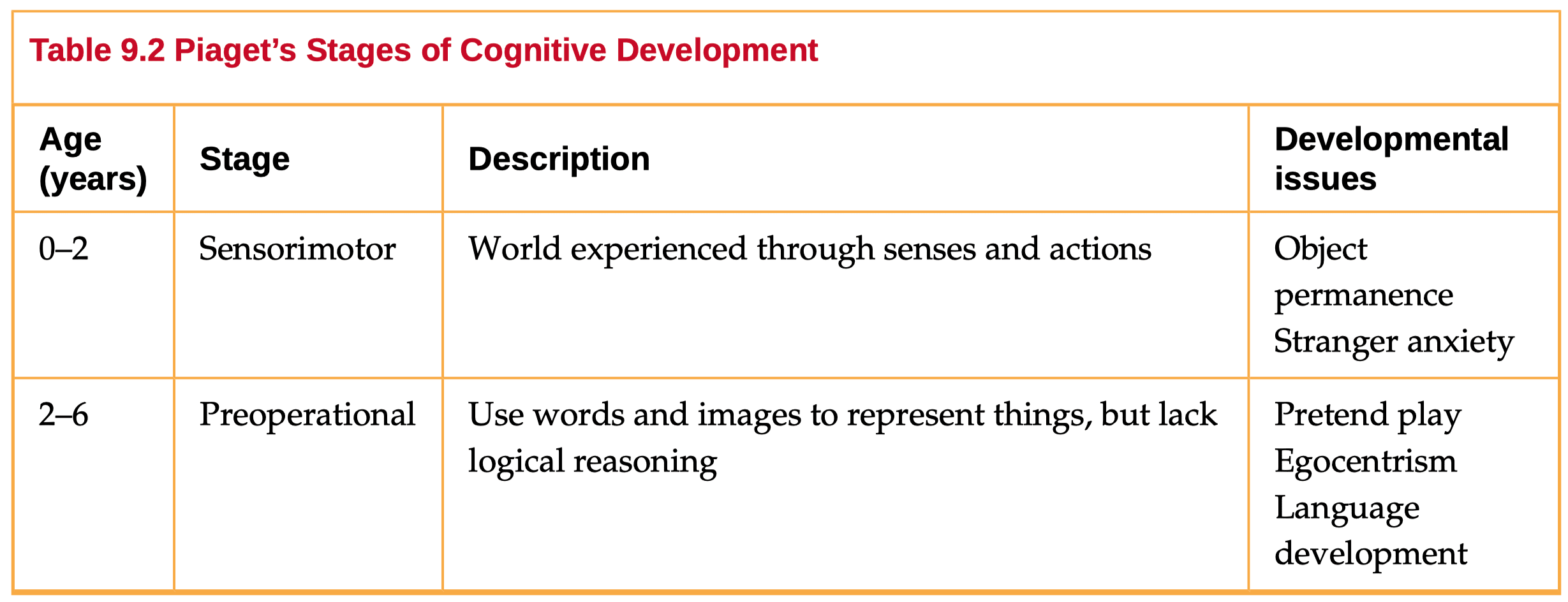8. Developmental Psychology (Ch 9)
8.1 Research Methods: Longitudinal, Cross-sectional, Cross-sequential
Cross-sectional
- comparing people of different ages at same point in time
similarities due to context of a cohort can confound findings
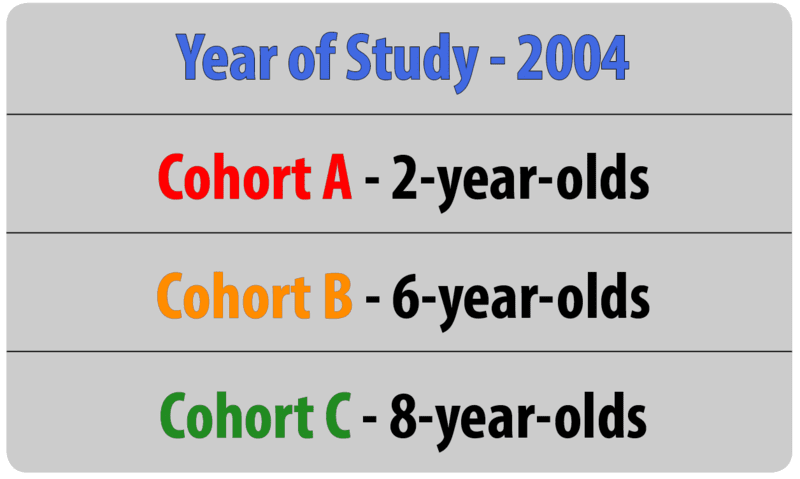
Longitudinal
- tracking single cohort (age group) over long period of time
lose participants due to life circumstances or drop out
- threatens validity of study

Cross-sequential
- people of different ages (like cross-sectional) are followed over long periods of time (like longitudinal)
helps to reduce confounding variables
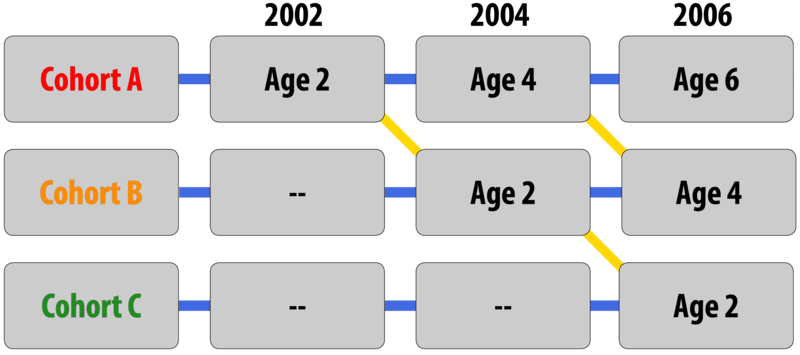

8.2 Theories of development
Piaget’s theory of cognitive development
sensorimotor: 0-2
- knowledge through the senses
- gradually acquire object permanence
pre-operational: 2-6
- egocentric
- use symbolic thought: words, images
- inability to understand conservation
- concrete operations: 6-12
- logical rules for concrete problems
- formal operations: 12 +
- thinks scientifically and hypothetically about abstract principles
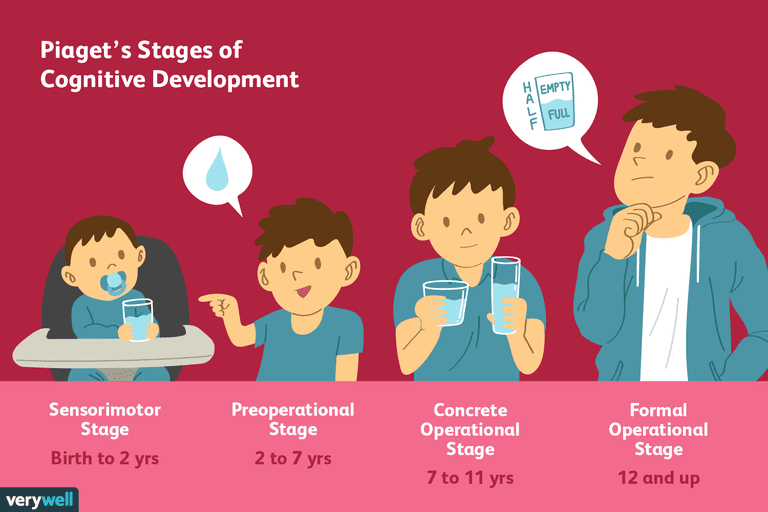
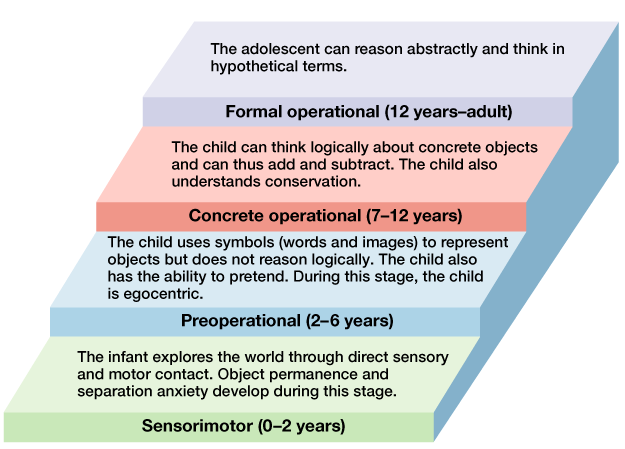
Freud’s Psychosexual Theory
Oral: 0-1
- mouth pleasure center-sucking reflex
Anal: 1-3
- learn to control bodily functions
- toilet training
Phallic: 3-6
- sexual desires towards opposite sex parent
Oedipus and Electra complex

Latency: 6-12
- sexual instincts subside
- develop superego and conscious
Genital: 12+
- sexual impulses reemerge

- Erikson’s Theory of Psychosocial Development
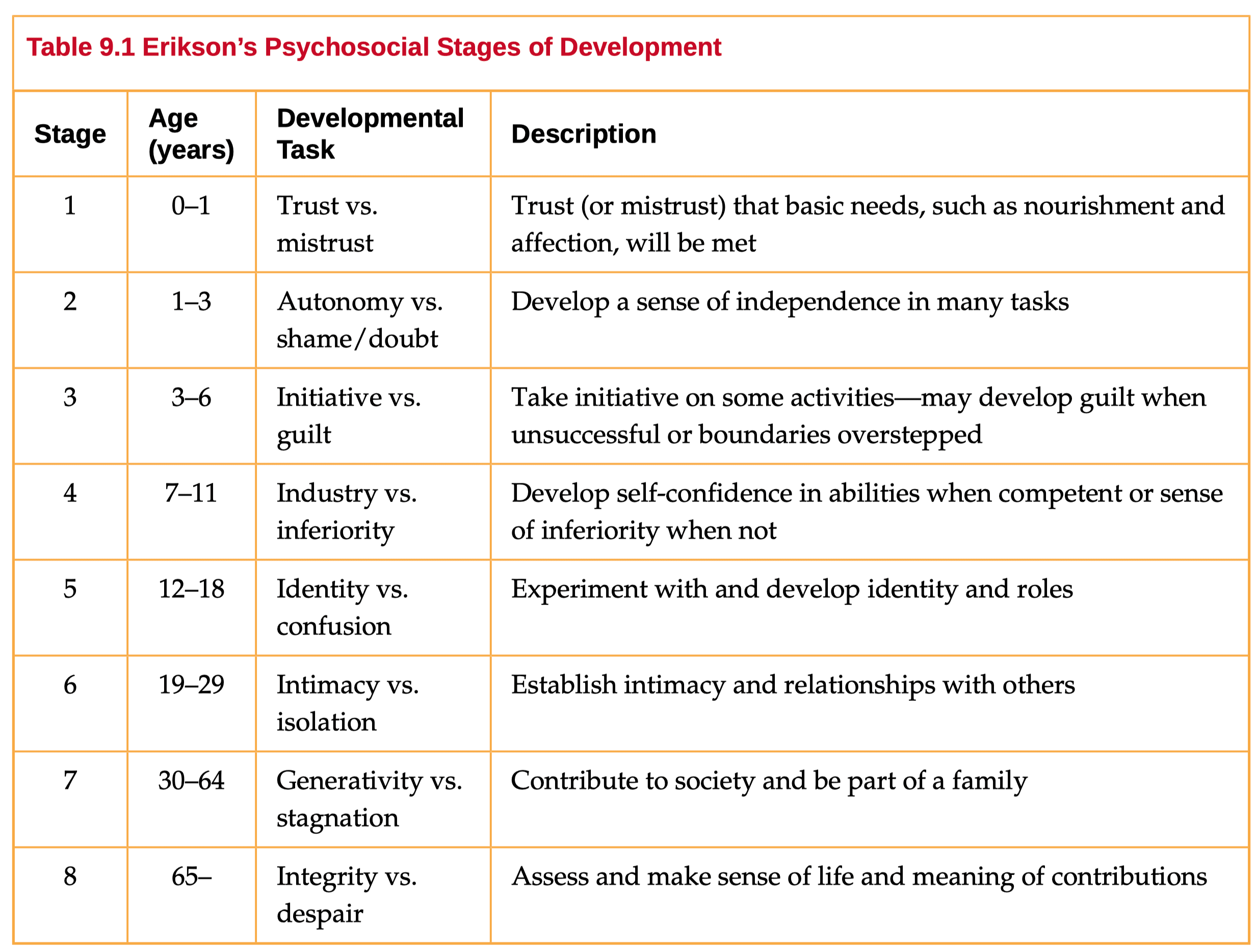
8.3 Dimensions of development: physical, cognitive, social, moral
Physical
- Infancy to childhood
- 5-7 lbs and 2-3 inches per year
- brain: 55% at age 2→ 90% at age 6
- motor development
- Adolescence
- maturing of adrenal and sexual glands
- rapid increase in height
- menarche and spermarche
- Adulthood
- Early - physical maturation complete
- Middle - gradual physical decline
- Late - last stages of physical change
- Infancy to childhood
Cognitive
- Infancy to childhood
- significant development of cognitive abilities and thought processes
- language and communication skills: partially inborn, partially learned
- Adolescence
- more complex abilities: processing speed and efficiency
- more capable of abstract thought
- cognitive empathy
- Adulthood
- complex, ever changing
- crystallized intelligence
- late: decline in fluid intelligence
- Infancy to childhood
Social
Infancy to childhood
- attachment theory by Bowlby: avoidant, resistant, disorganized, secure
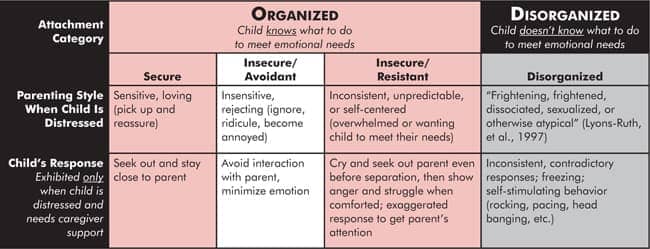
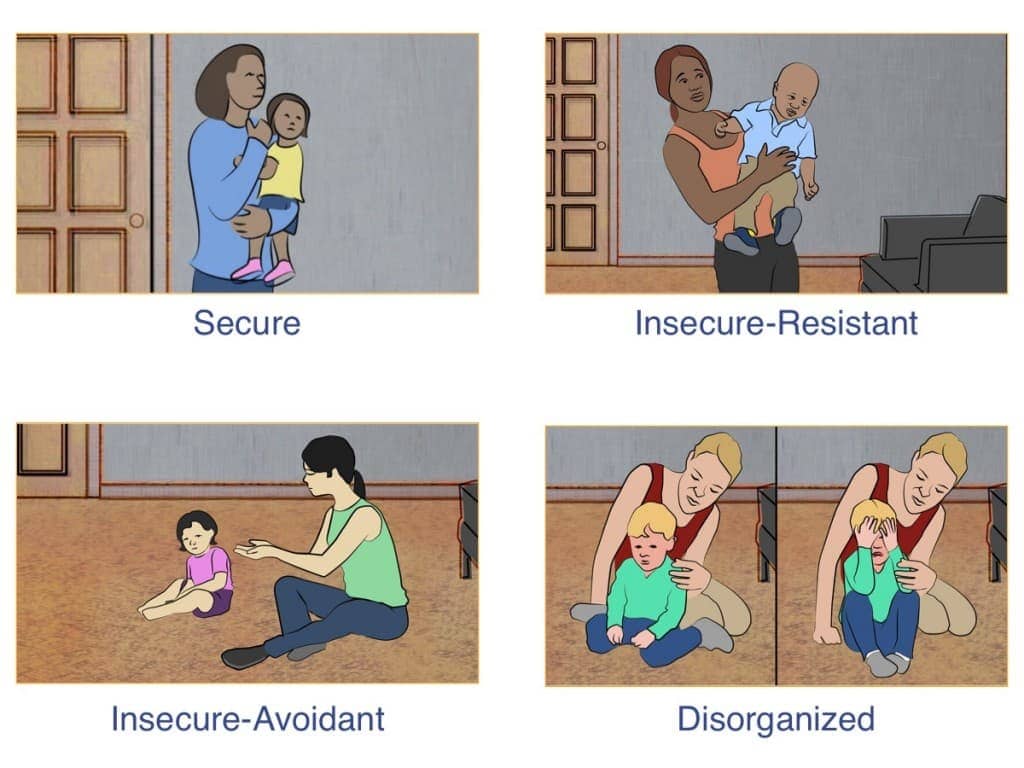
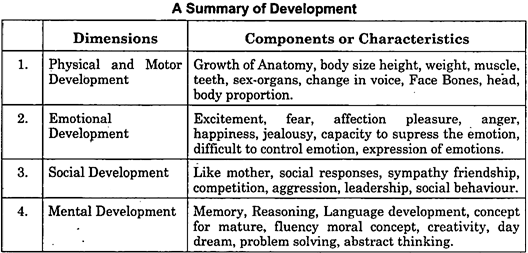
- Sense of self and parenting style: authoritarian, authoritative, permissive, uninvolved
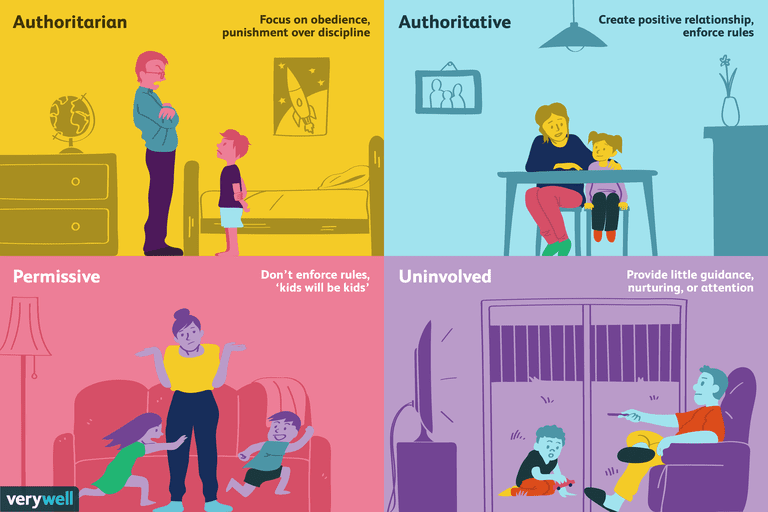

Adolescence
- form identity, pull away from parents
- peer relationships become central focus
- Social media
Adulthood
- need to have and find meaning
- define oneself based on career
- familial relationships central focus
Moral: Kohlberg's stages of moral development
- Infancy: right and wrong-what feels good or bad
- Toddler: right and wrong-what they are told by others
- Preschool: internalize family values, consequences of behaviors
- 7-10: strong sense of “should” and “should not”
- Preteen/teen: reason abstractly “right” and “wrong”, aware of larger society

8.4 Gender identity and sex roles
- Gender identity
- sense of being male or female
- gender dysphoria
- discomfort identifying with one’s biological sex
- 6 months (DSM 5)
- Sex/gender roles
- sex role beliefs→ sex role stereotypes
- ex: men are more aggressive, women more delicate
- expected gender behaviors based on societal norms
- sex role socialization
- born male or female→ taught to be masculine or feminine
- sex role beliefs→ sex role stereotypes
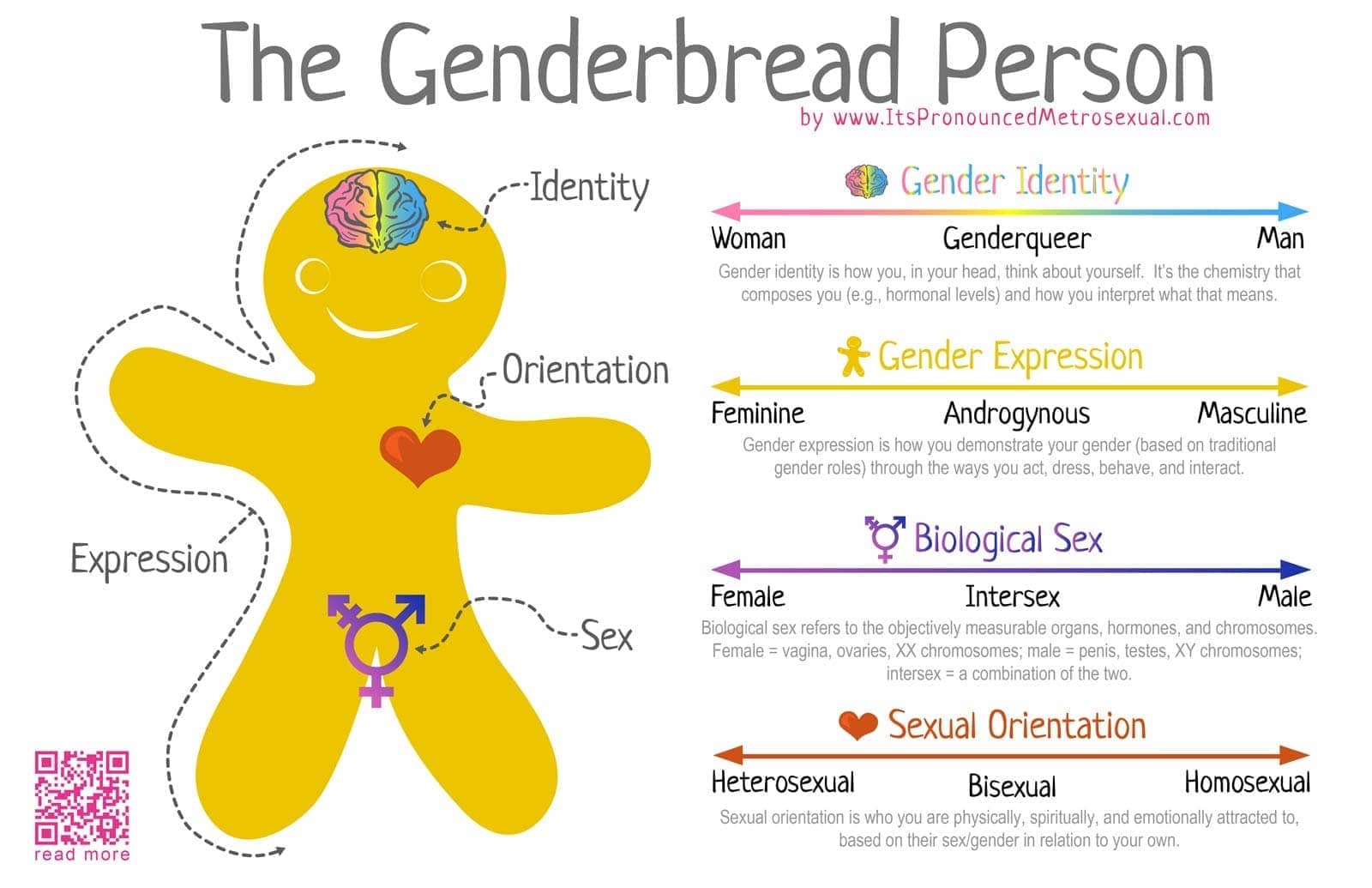
8.5 Heredity-environment issues
- Nature/Heredity
- all genes and hereditary factors influence who we are
- characteristics and traits are product of evolution
- Nurture/Environment
- everything we are and know is based on experience
- behaviorism: all or most behaviors result from learning and conditioning
- How nature and nurture interact, not one or the other
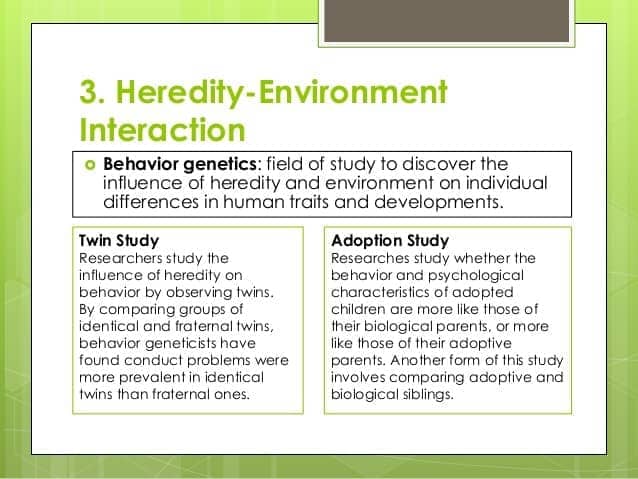
Quiz
In which of the following areas does research show most clearly that girls develop earlier than boys?
- (A) Independence from parents
- (B) Athletic competence
- (C) Intellectual achievement
- (D) Adolescent physical growth spurt
(E) Self-actualization
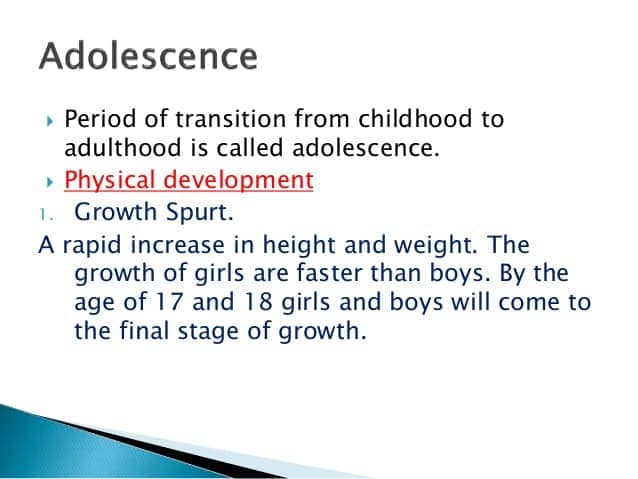
Stella Chess and Alexander Thomas have classified temperament into which of the following clusters?
- (A) Sensorimotor, preoperational, concrete operational
- (B) Easy, difficult, slow to warm up
- (C) Secure, insecure, resilient
- (D) Authoritarian, authoritative, indulgent
- (E) Preconventional, conventional, postconventional
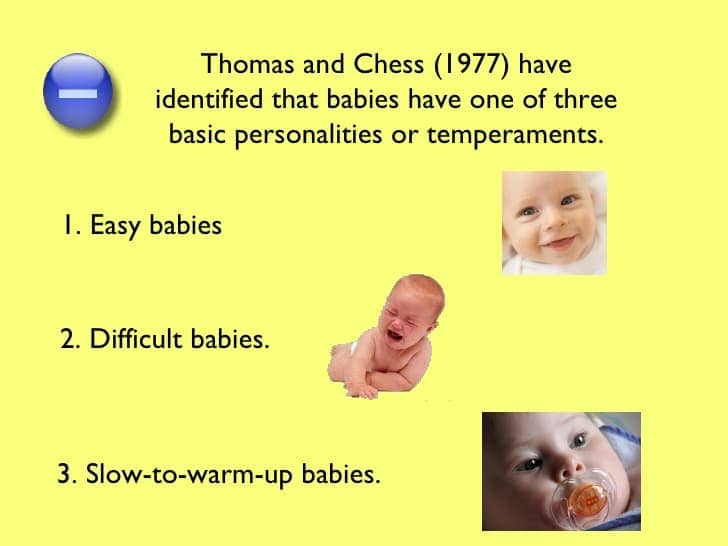
- Developmental psychologists are most likely to prefer longitudinal research designs to cross-sectional research designs because longitudinal designs
- (A) usually yield results much more quickly
- (B) offer the advantage of between-subjects comparisons
- (C) are much less likely to be influenced by cultural changes that occur over time
- (D) utilize the participants as their own experimental controls
- (E) are more valid

- Researchers know that infants’ sense of smell is fairly well developed at birth because newborns prefer the smell of
- (A) sweet-smelling to the smell of sour-smelling foods
- (B) meat to the smell of fruits
- (C) a nursing pad from their mother to the smell of a pad from another mother
- (D) an acid to the smell of a base
- (E) a baby’s clothing to the smell of an adult’s clothing
- A young child breaks her cookie into a number of pieces and asserts that ‘‘now there is more to eat.’’ In Jean Piaget’s analysis, the child’s behavior is evidence of
- (A) formal operations
- (B) concrete operations
- (C) conservation
- (D) preoperational thought
- (E) sensorimotor behavior
